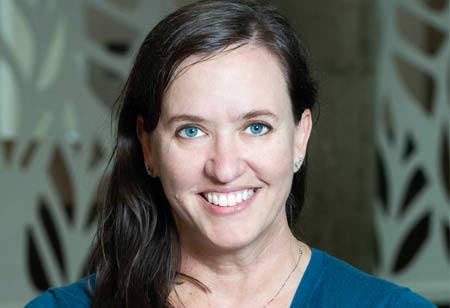

Thank you for Subscribing to Agri Business Review Weekly Brief

While sustainability goals have become an increasingly important focus in business over the last decade, Brown-Forman, parent company to Jack Daniel’s, has focused on sustainability in white oak upland forests since 1998. White oak is used in the production of whiskey barrels, making it an essential part of the whiskey-making process. The barrel gives whiskey all of its color and the bulk of its flavor. It takes upwards of 80 years for a white oak tree to mature to the level at which it can be used for barrels, thereby requiring a long-term view to ensure supply is available for generations to come.
That said, the benefits of white oak extend far beyond barrels or whiskey production. White oak is long-lived, easily surpassing 200 years, and has tremendous potential to help address climate change by sequestering carbon in the physical structure of the tree material. It also has special characteristics which make it ecologically and economically important. White oak acorns are one of the most palatable of all the oaks, providing a highly digestible source of food for over 100 species of birds and animals. White oak bark is where a few at-risk bats roost, and more than 500 species of moths and butterflies live. To ensure the white oak supply remains vibrant, Brown-Forman has taken several initiatives to improve forestry practices including a partnership with the University of Tennessee for a tree improvement program called the Jack Daniel Distillery Seed Orchard. Now celebrating its 25th year of research for the purpose of reforestation, Jack Daniel was the first distillery to work with a university on a tree improvement program. The impact of these efforts has been long-lasting with white oak acorns from the orchard resulting in thousands of improved white oak seedlings. The program started with white oak, maple, and black walnut and has since expanded to more than 60 acres and includes ten tree varieties. Jack Daniel Distillery General Manager Melvin Keebler said: “It’s not just about our barrel-making. It’s about forestry throughout the southeast and making sure that we have the right species that can go into nurseries and then be planted to grow for generations.” “When you manage a forest for white oak you manage for the health of the full forest.” In 2023, Brown-Forman turned years of research investment into restoration by partnering with the Tennessee Forestry Association to put improved seedlings from acorns produced at the Jack Daniel Seed Orchard into the forest. The work, which was made possible with matching grants from the National Fish and Wildlife Foundation, engages family forest landowners in sustainable forest management in Tennessee counties where Brown-Forman sources white oak and Jack Daniel’s is made. Overall, two thousand acres of white oak and short-leaf pine forest will be improved, including tens of thousands of seedlings originating from the Jack Daniel orchard in an effort to regenerate white oak and benefit water quality and overall biodiversity. Recently, Brown-Forman partnered with the University of Kentucky to create a 5-acre Old Forester Tree Nursery in Louisville, Kentucky. The white oak research nursery was completed this year and has added similar white oak resources for improved future Kentucky acorn stocks. Local efforts like these are helping to reach a larger goal of regenerating 100 million acres of white oak forest by 2070 through research and improved forest management. This goal was set by the White Oak Initiative, co-founded by Dendrifund, a non-profit seed fund created in partnership with the Brown family and Brown-Forman, alongside the American Forest Foundation and the University of Kentucky, to reverse the decline of white oak in America’s forests. The White Oak Initiative brings together industries, universities, state and federal agencies, private landowners, conservation organizations, and trade associations that are committed to the long-term sustainability of America’s white oak forests, as well as the economic, social and environmental benefits they provide. “Like the aging of whiskey, forest management takes long-term planning,” said White Oak Initiative Board Chair Barbara Hurt, Executive Director Dendrifund and Brown-Forman Sustainability Innovation Leader. “When you manage a forest for white oak you manage for the health of the full forest.” From improved acorns to better forest management, Brown-Forman’s efforts have proven - what's good for whiskey can also be good for the environment.